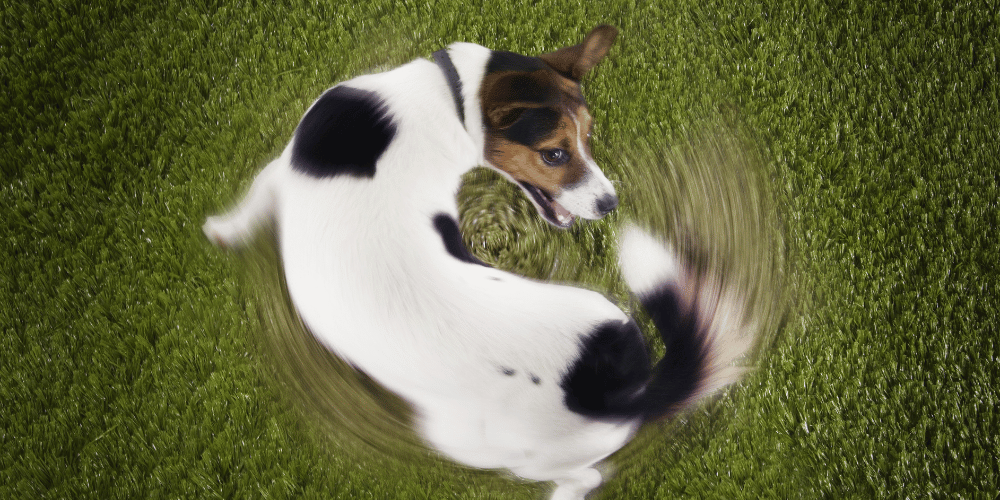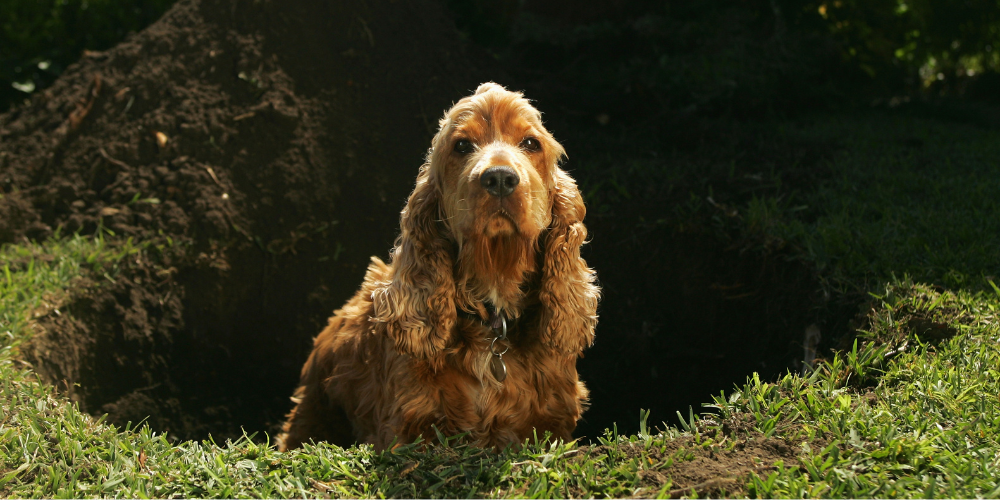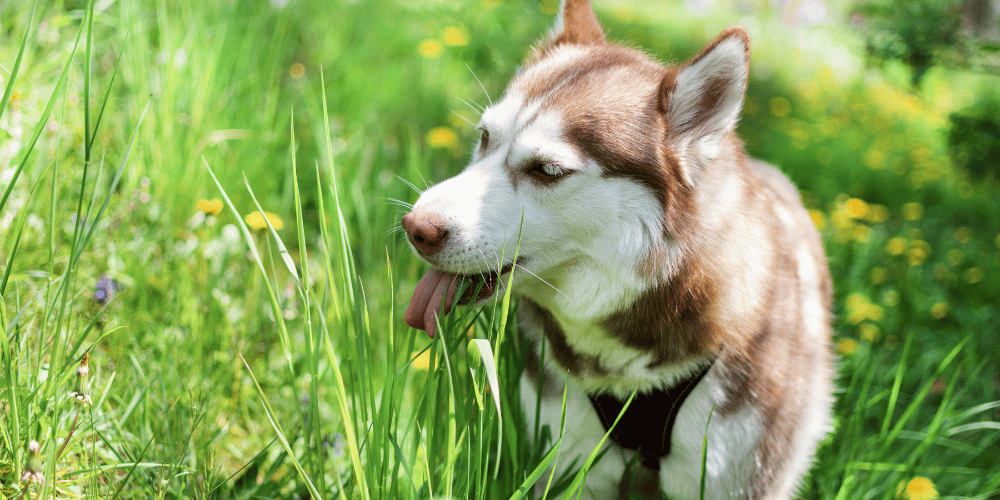
Have you ever watched your dog wag its tail and wondered what mysteries lie within those joyful swings? Tail wagging is more than just a cute quirk; it's a complex form of canine communication. Let's dive into the fascinating world of tail wagging to understand what our furry friends are truly trying to tell us.
The Language of Tail Wagging
Tail wagging is a dog's way of expressing a wide range of emotions, from sheer joy to nervous anticipation. The direction, speed, and height of a wag can convey everything from happiness to see you to anxiety about a new situation. It's a bit like decoding a secret message, tail-style!
Happiness and Excitement: The Classic Wag
The most recognized tail wag is the broad, sweeping motion that seems to involve the dog's whole body. This is the universal sign of a happy, relaxed dog. Often seen when you come home or when it's time for a walk, this wag says, "I'm thrilled!" To keep those tails wagging in excitement, consider engaging them with a lively fetch toy or a fun tug toy.
Nervous or Submissive: The Low Wag
A tail that's wagging low to the ground, possibly with slow movements, can indicate a dog feeling nervous or submissive. This wag is a dog's way of saying, "I'm not a threat," or "I'm feeling a bit unsure here." If your dog shows signs of stress or anxiety, exploring products designed to ease stress and anxiety can help them feel more secure.
Alert and Interested: The High Wag
When a dog's tail wags high and stiffly, it's a sign of alertness and interest. This could happen when they're focusing on a squirrel in the yard or when they're trying to figure out if the new visitor is a friend.
Agitation or Anxiety: The Fast Wag
A rapidly wagging tail that seems tense or twitchy can be a sign of agitation or anxiety. It's important to look at the whole dog, not just the tail, to understand the context of their emotional state.
Should We Wag Back?
While we can't wag our tails in response, understanding these tail wags can help us better respond to our dogs' emotional needs. Whether it's giving them space when they're anxious or sharing in their excitement, recognizing tail wags deepens our bond with our beloved pets.
Summary:
The tail of a dog is a powerful tool for expression, reflecting a spectrum of emotions from joy to fear. By paying attention to the nuances of tail wagging, we can gain insights into our dogs' feelings and needs, enhancing our communication and relationship with them. So next time you see that tail go, take a moment to appreciate the complex emotional life wagging away!
Remember, a wagging tail is just one piece of the puzzle in understanding our canine companions. Each wag tells a story, and it's up to us, the pet parents, to listen and understand.



